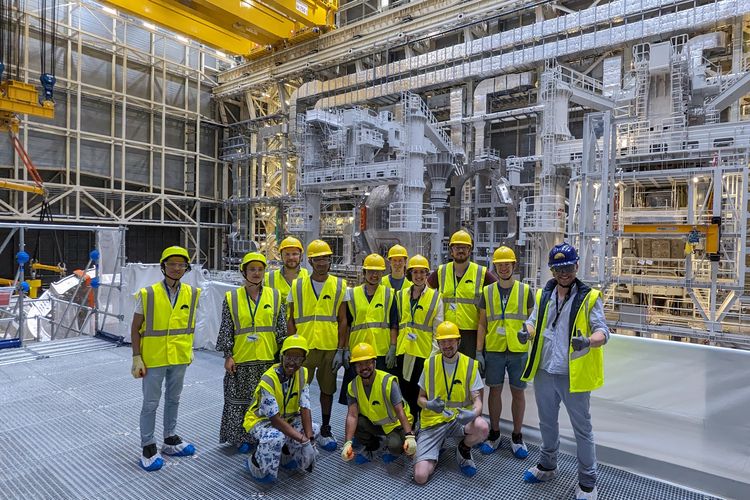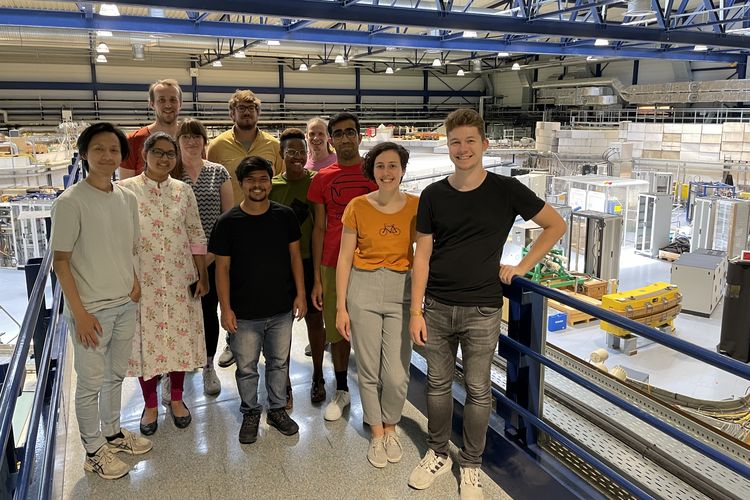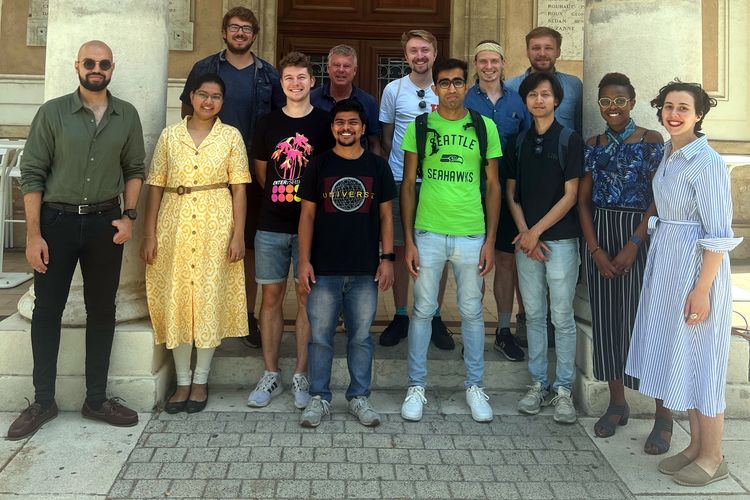Visit of the Höhener Lab
After everyone had arrived in Marseille, we first spent the Monday visiting Aix-Marseille Université where Prof. Dr. Patrick Höhener welcomed us and gave a thorough introduction to his research about identifying sources of environmental pollution by using their isotopic patterns. A tour of his laboratories gave us a better understanding for how research is done in his group. After a team building lunch it was time to explore Marseille and prepare for the main event of the trip.
Visit of ITER
On Tuesday, we finally visited the International Thermonuclear Experimental Reactor, or short: ITER. This research facility is being built since 2007 and still under very active construction. With contributions from all over the world, the project explores the necessary requirements to build a nuclear fusion power plant, thereby aiming to lay the foundation for clean, sustainable and near limitless energy production for the future. ITER will stay a research facility but it will try to obtain and distribute the knowledge on how to build an effective fusion reactor.
After passing the thorough security check they were welcomed by Dr. Florian Penzel. He answered our barrage of questions for over a hour before we went on a tour across the general facility and finally into the heart of the project. The assembly hall showed several segments of the reactor that is being built. Florian explained in detail how the progress of the project is going and also several details on different parts of the building process.
Visit of Tritium Laboraty at KIT
On the way back to Leipzig, we took a detour to Karlsruhe to go see some of the unique facilities of the Karlsruhe Insitute of Technology (KIT). We started with the Tritium Laboratory where Dr. Robin Größle gave an insightful tour and explained all the difficulties that come with handling tritium especially in the amounts they do at KIT (40g). As part of the tour, we were allowed to catch a glimpse of the big detector for the KATRIN experiment for neutrino detection. After lunch, Dr. Bennet Krasch took over and together with some colleagues presented the Karlsruhe Research Accelerator (KARA). As it was under maintenance, we had the rare opportunity to inspect the control room and the measuring booths.
We thank all the dedicated people who explained their work to us and took the time to explain how research is done in their field.


